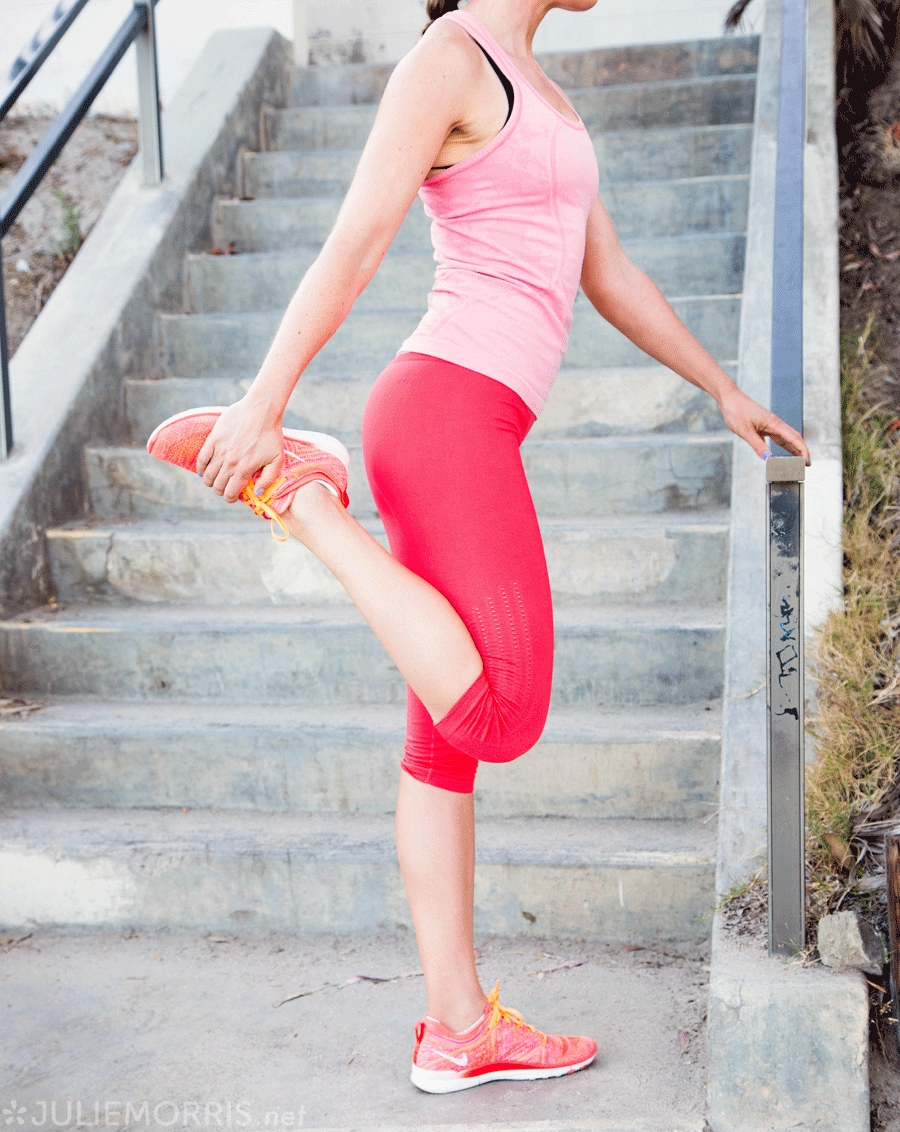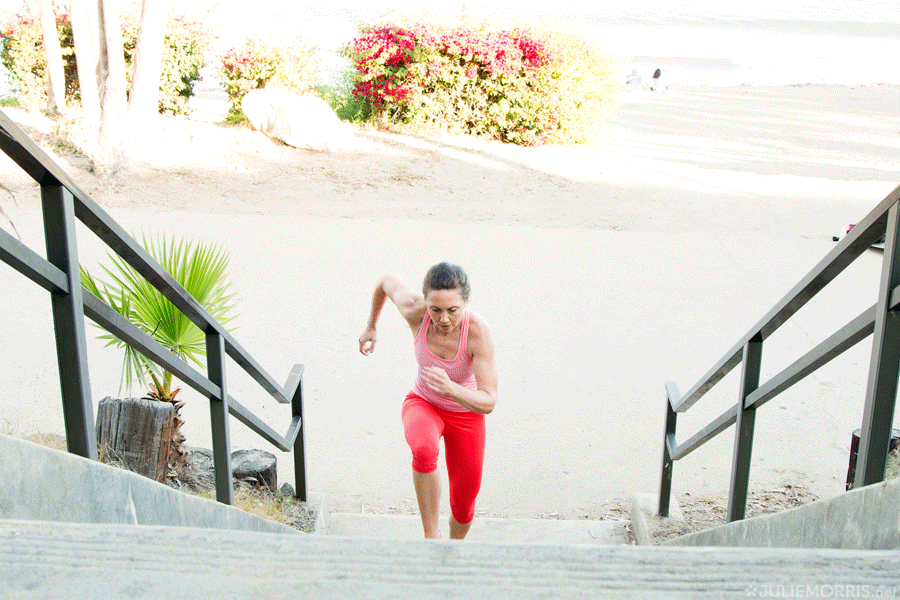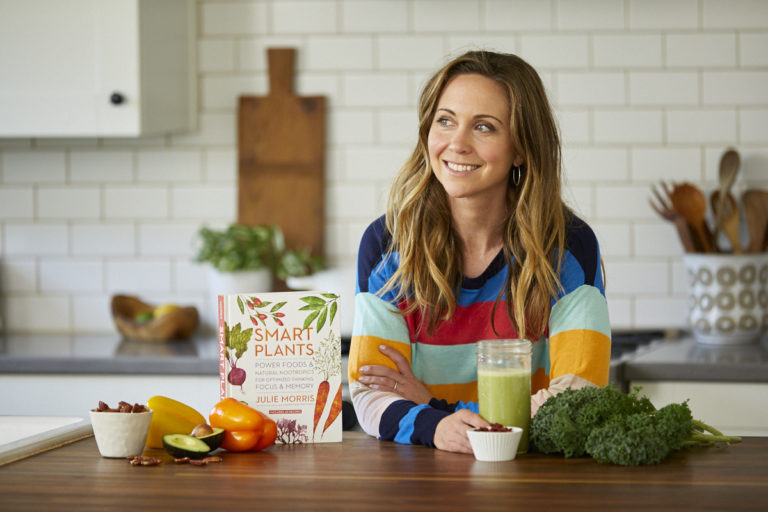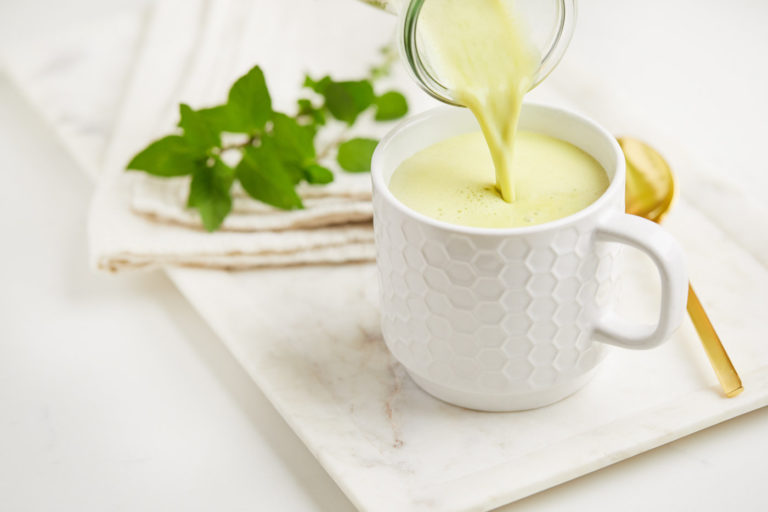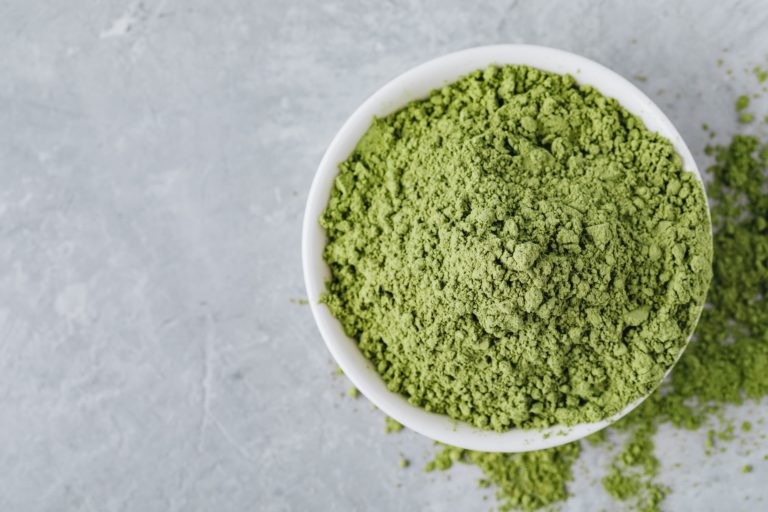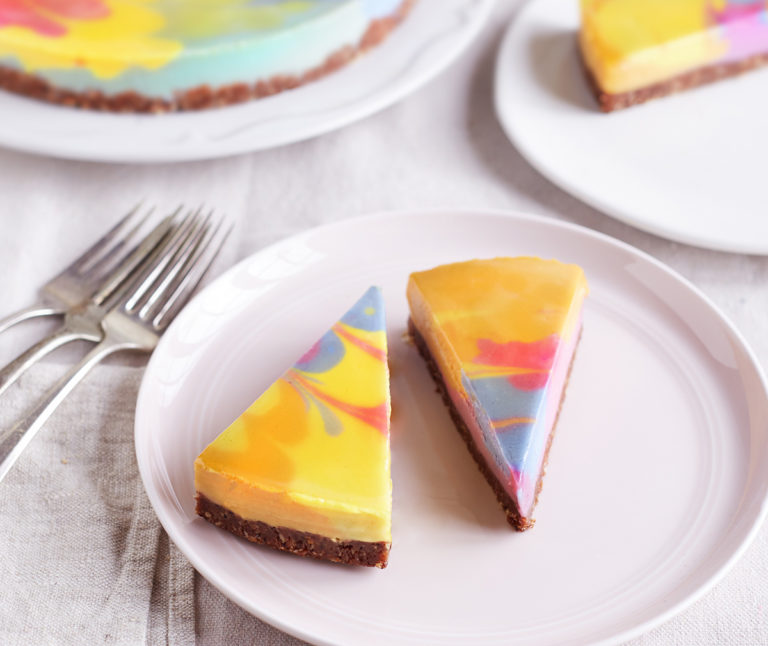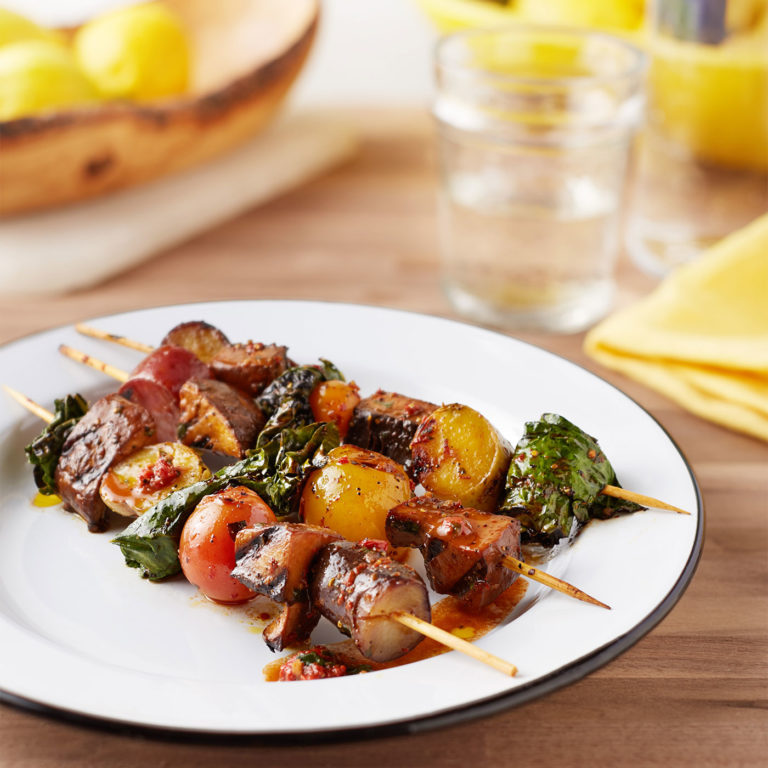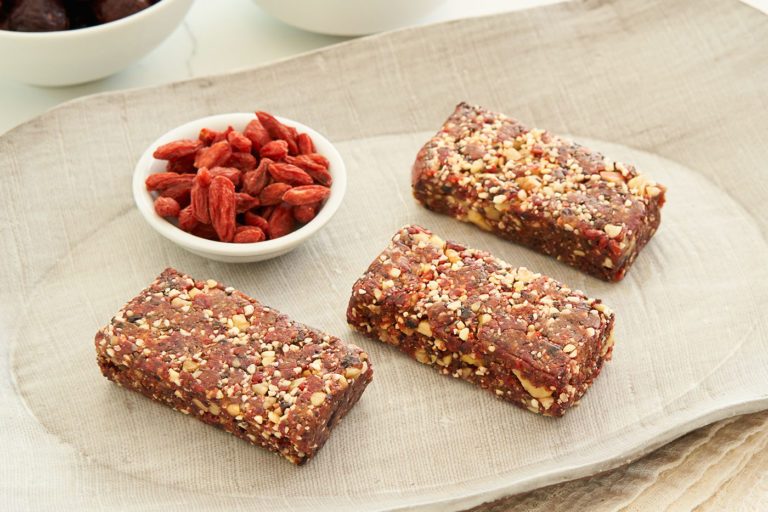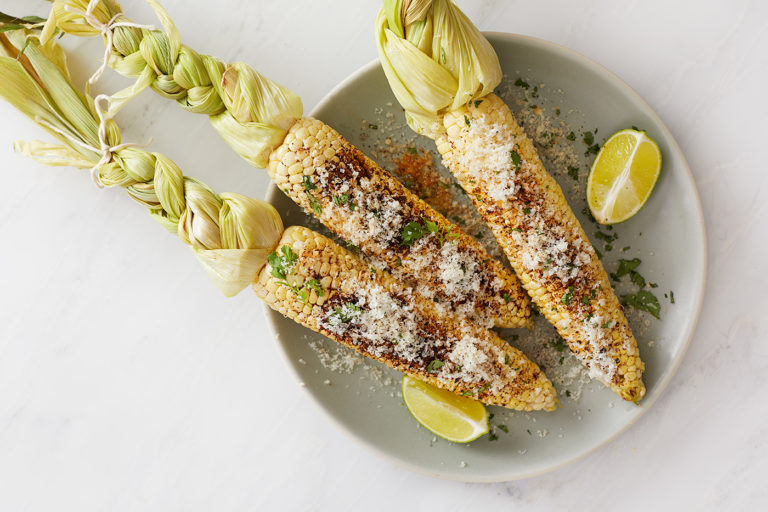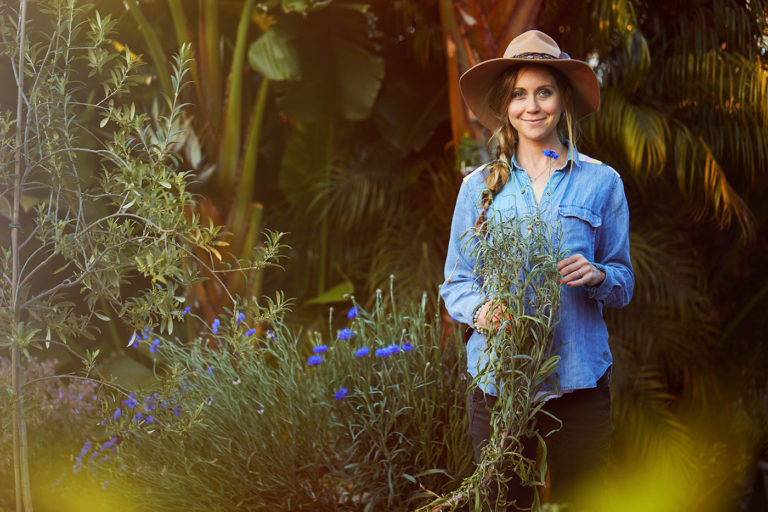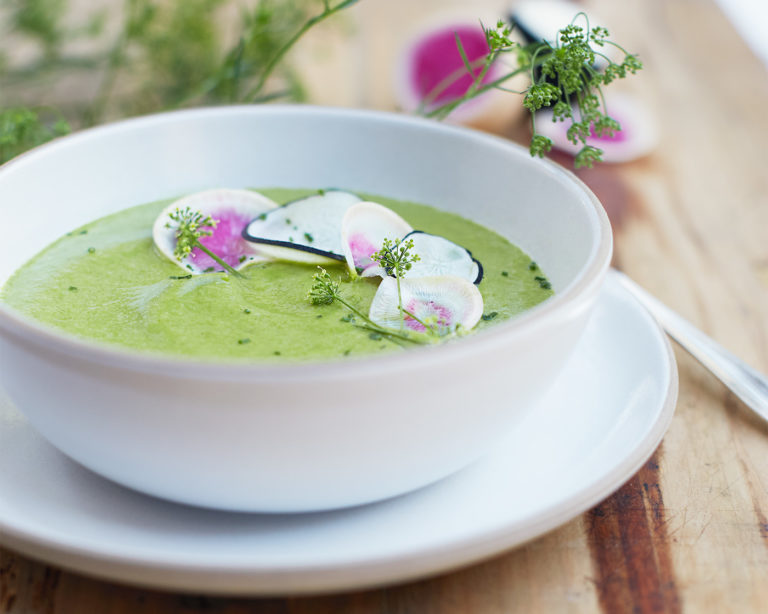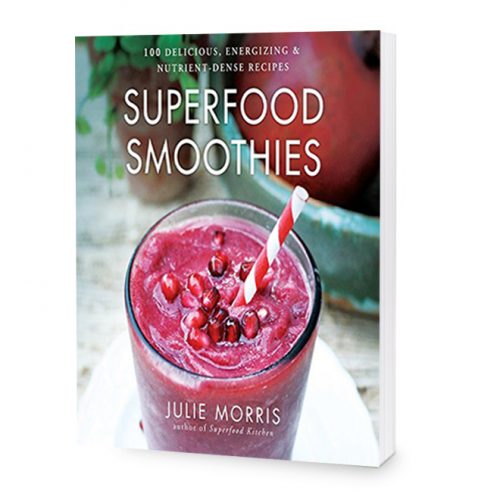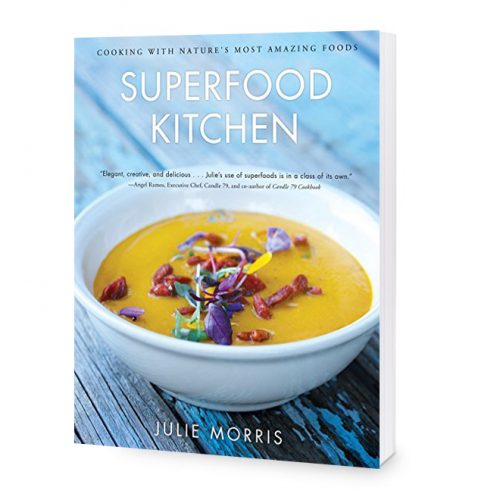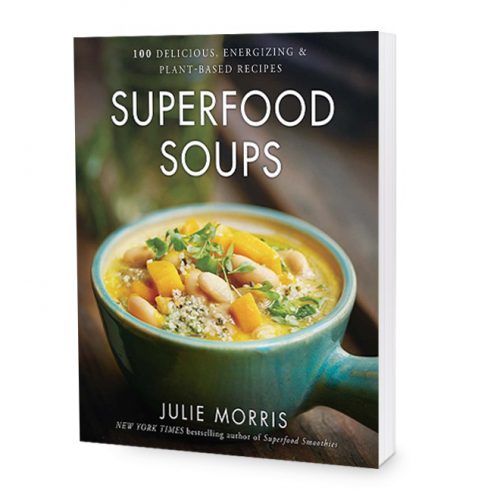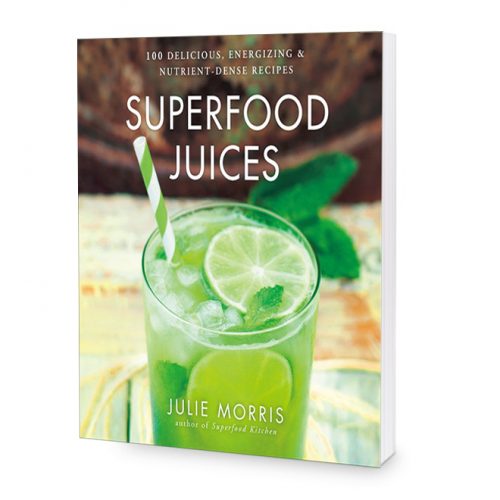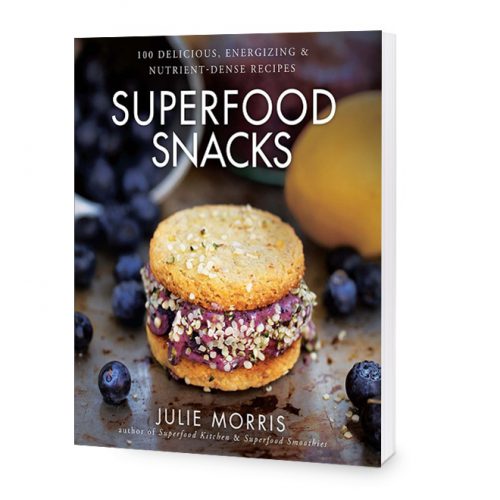There was this girl I once knew who hated exercise so much, she would get out of high school P.E. by signing up to be a softball “manager” … just so she should sit on the sidelines and eat peanut butter straight from the jar. That girl was me. Up until I was eighteen, I was rarely active, and never even tried to go on a jog over a mile, thinking cross-country running was either a form of masochism, or straight-up insanity. So there must have been a full moon coming on the late afternoon I decided to take up a friends’ offer to dust off some sneakers and go on a three-mile run. I remember how we shuffled along the hot trail very, very slowly. I huffed. I puffed. I complained loudly as I moved along and assumed death was near. And then, when it was all over, the strangest thing happened: my aching feet faded as a sense of pride swelled within, and I realized I wanted to do it again. I didn’t find running; running found me.
I’ve been pounding pavement and trails consistently ever since, completing many half marathons, a couple full marathons, and racking up thousands of miles over the course of a decade and a half. I’ve built my way up from horrendously slow to comfortably mediocre, but regardless of pace, running has taken on a deeply important role in my life: it is my daily grounding technique. Whether it’s a good day or a bad day, running gives me the opportunity to slow down (ironically), navigate through creativity, meditate, and connect with my body. It remains one of my all-time favorite things to do in life.
So, the horrendous pain I felt on that cool April day caught me completely off guard. I was on mile sixteen of a twenty-mile weekend “fun” run, and was feeling great. I had noticed a slight, nagging ache in my left knee early on, but brushed it off as just “normal minor pains.” Suddenly, something in my knee seemed to slip out of place, and a piercing pain shot through my knee and up my leg. Before I could react, I had already completed another stride cycle, and landed on the left leg again. This time the pain was even deeper, and I flew out of stride as if electrocuted and hobbled to the side of the road on my good leg. Unfortunately, that was just the beginning.
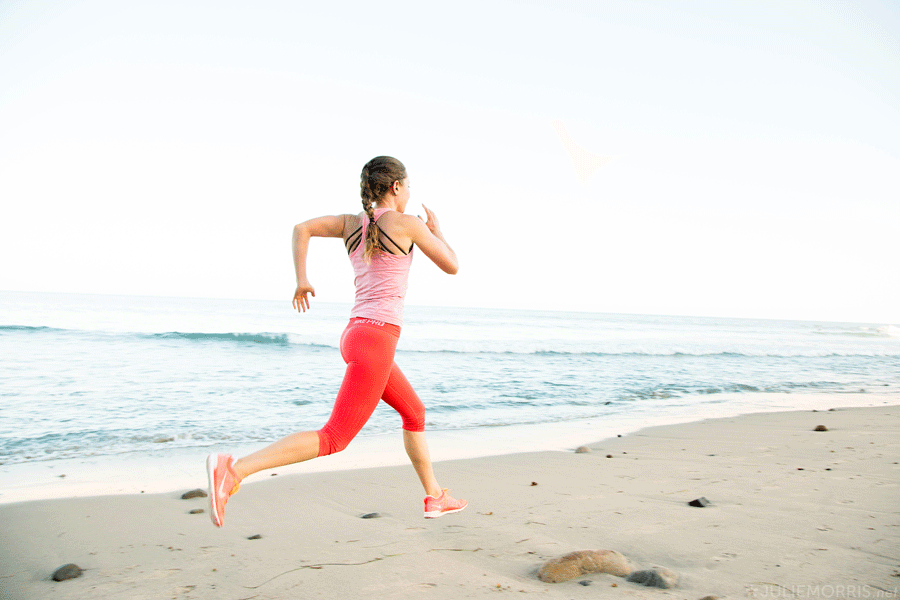 Two years ago my knee issues started, with injuries jumping from one knee to the other, moving in both location and severity. When I laced up, I never knew if it would be a good day or a pain-stricken day that would instantaneously cripple me to a walk, and my joyful fifty miles a week dropped down to a depressing ten, if I was lucky. I was devastated, and tried everything to heal it: cross-training, stretching, massage, braces and straps, creams, avoiding wearing heels, etc. Nothing was a solid fix. By the time I went on a trip to Kona to join a group to learn more about my favorite spirulina company, Nutrex Hawaii, I decided to give my knees a reluctant full week off while getting in plenty of ocean swimming.
Two years ago my knee issues started, with injuries jumping from one knee to the other, moving in both location and severity. When I laced up, I never knew if it would be a good day or a pain-stricken day that would instantaneously cripple me to a walk, and my joyful fifty miles a week dropped down to a depressing ten, if I was lucky. I was devastated, and tried everything to heal it: cross-training, stretching, massage, braces and straps, creams, avoiding wearing heels, etc. Nothing was a solid fix. By the time I went on a trip to Kona to join a group to learn more about my favorite spirulina company, Nutrex Hawaii, I decided to give my knees a reluctant full week off while getting in plenty of ocean swimming.
The first morning in Kona was spent learning about the many benefits of spirulina directly from Nutrex, and our small group saw photos of the giant green ponds on the farm we’d be visiting later that day, which housed the freshly growing spirulina. “Why are some of those ponds red?” Someone asked. “That’s our astaxanthin,” one of the staff replied. I had no idea what that was, and despite my curiosity, forgot the word within a minute. But a couple hours later, astaxanthin became the main topic of conversation. “I’d like to share my story,” piped up one of the Nutrex team members. He began to describe his passionate relationship with basketball … up until the point that his knees dramatically gave in from years of jumping. What can I say? – he had me at knee pain. “And that’s when I first started taking astaxanthin. Within a few months, I was completely pain free,” he boasted. I looked around. No one was giving him the skeptical look I was feeling on the inside. Instead, person after person began to give their own testimonial how BioAstin (the commercial name for astaxanthin) had helped them, in a vastly wide array of different scenarios, from alleviating arthritis, to protecting their skin from the strong Hawaiian sun.
Astaxanthin is what’s known as a “super antioxidant” – a radically powerful antioxidant of the carotenoid family found in marine plants and animals, that effectively protects cells against oxidation. Perhaps you’ve heard about salmon turning bright pink as they swim upstream? That flush is a dramatic release of astaxanthin, which keeps the salmon strong and supple, and prevents injury. Interestingly, astaxanthin is also found in some algae, but is only released when the algae is “stressed” from challenging growing circumstances. The green algae will turn bright orange-red from the release of this antioxidant, which is exceptionally protective. In fact, algae can sit fully dried-out and without water in an astaxanthin-rich state while remaining dormant – not dead – and amazingly “come back to life” after adding water again, thanks to astaxanthin’s shielding barrier. When consumed by humans, astaxanthin has been found to strongly guard against many oxidative conditions surrounding eye and brain health, skin health, heart health, as well as joint and tendon health. Even with all its science-backed benefits, I’ll admit I was at first dubious. But I grabbed a BioAstin bottle, figuring I had nothing to lose … though it challenged my principles.
It’s not that I have anything against natural supplements. I simply don’t really take them. I believe that we should always look for ways to get nutrients from food first. This is the most absorbable, easily digestible way to obtain nutrition, which is beneficially compounded by nature’s design of synergistic nutrients. (I should mention that there are many superfoods that some might consider “supplements” – such as spirulina. I believe that if it’s in a whole food form, and you can use it as an ingredient, then it’s a food, and not an isolated supplement.) Nevertheless, I recognize that there are times that an imbalance may occur, such as a sickness, injury, or life-change, where supplementation may be at least temporarily necessary to restore a healthy equilibrium. Case in point: while I had attempted to incorporate more anti-inflammatory whole food nutrition into my diet during my knee issues, it didn’t seem to be enough.
I took 12mg of BioAstin every day for a week. I didn’t notice anything, albeit I wasn’t surprised. When it came to runner’s knee cures, I was used to the rejection. I kept taking it for weeks two and three. I thought my knees felt a little better, but it was hard to fully tell. And then on the fourth week, something amazing happened. I head out on the running path for a cautious three miles like usual. Miraculously, I completed it without even a glimmer of pain, and greedily ran an extra mile in celebration – the first four miles I had been able to run non-stop in over half a year. To say I was overjoyed would be an understatement. Over the next several months, still taking the BioAstin daily, I slowly inched my mileage back up, able to run even ten to thirteen miles without my joints giving me any trouble. I hadn’t changed a single other thing in my routine during this time other than the BioAstin. It worked.
Never, ever before have I experienced such dramatic, poster-child-esque results from taking a supplement. I’ve since recommended BioAstin over and over to clients and friends, given bottles to every member of my family, and I’ve heard nothing but positive results from them, too. Though I’ve been running well again for over a year now, I still personally take BioAstin almost every day to help protect my body from further damage and consider myself 90% better. I’m so grateful to have found this supplement – its healing powers have bought me years of doing what I love.
Nutrex Hawaii has generously offered a discount to all JulieMorris.net readers for BioAstin and spirulina purchases: Use code SFJULIE at Nutrex-Hawaii.com to receive 20% off up to $75, 30% off up to $149.99 and 40% off above $150.
This post was sponsored by Nutrex Hawaii. All opinions here are 100% my own.

